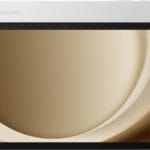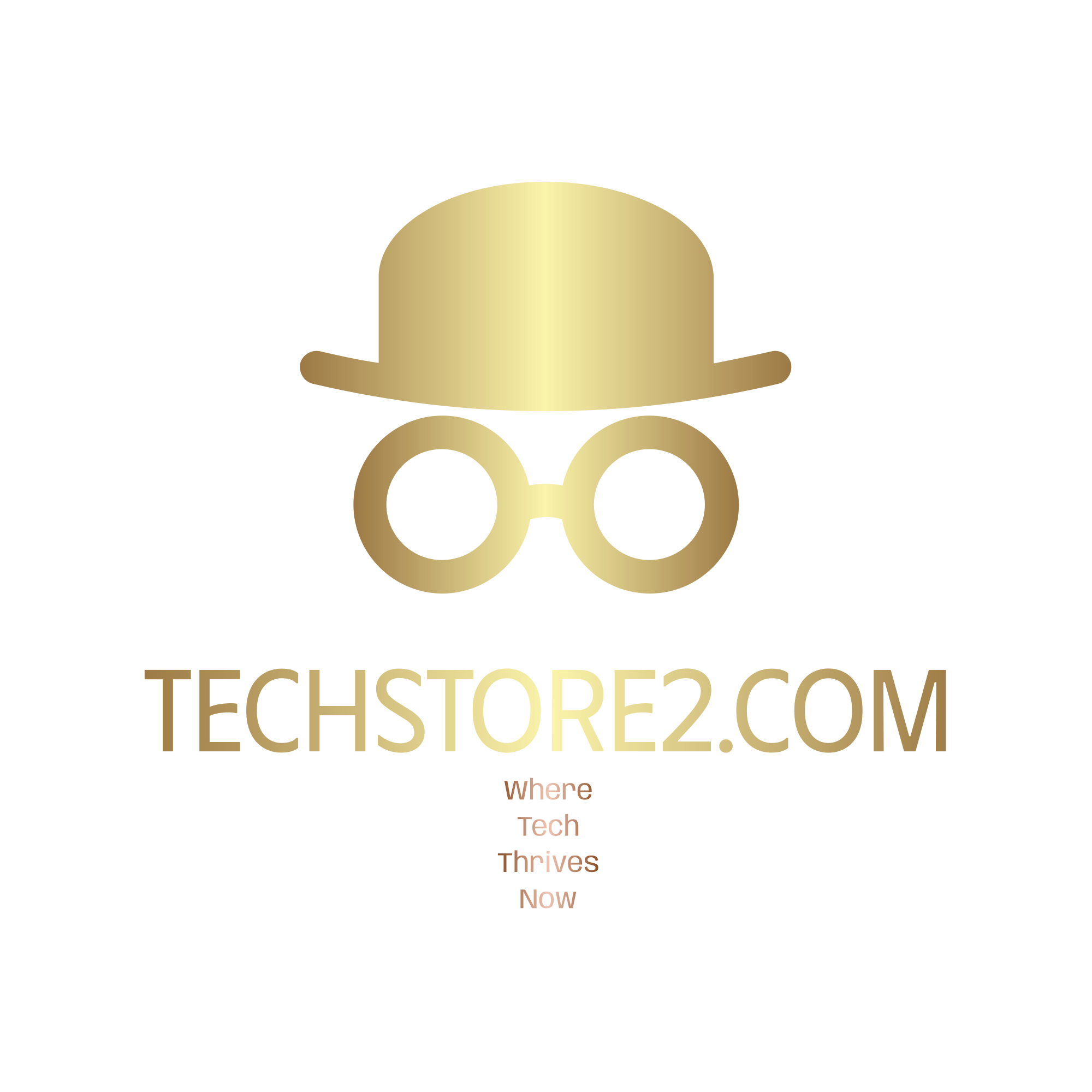Introduction to Smart Lighting
Smart lighting refers to the advanced technology that enhances the functionality and convenience of lighting systems in both residential and commercial environments. This innovation has evolved significantly from traditional lighting systems, driven by the advent of the Internet of Things (IoT) and the need for energy efficiency. Unlike conventional lighting, which operates through manual switches and fixed settings, smart lighting solutions allow users to control brightness, color, and scheduling through smartphones, voice commands, or automated systems.
The evolution of smart lighting began with simple automation systems, gradually incorporating features that provide enhanced control and customization. Early systems primarily focused on basic functionalities such as dimming capabilities, but recent advancements have introduced complex features like motion sensors, adaptive lighting, and integration with smart home ecosystems. This evolution has transformed how users experience and interact with lighting, offering unparalleled flexibility and efficiency.
Key technologies enabling smart lighting include LED technology, which is not only energy-efficient but also compatible with advanced control systems, as well as wireless communication protocols such as Zigbee and Wi-Fi. These technologies facilitate seamless connectivity between lighting fixtures and smart devices, allowing for real-time adjustments and monitoring. Additionally, cloud-based platforms play a crucial role in data management and remote access, enhancing the overall user experience.
The benefits of adopting smart lighting extend far beyond mere convenience. They include significant energy savings, improved safety, and elevated aesthetics through customized lighting environments. As more consumers and businesses recognize the advantages of smart lighting, it is becoming an integral part of modern living and working spaces. Overall, smart lighting represents a significant leap forward in how we illuminate our surroundings, promising a brighter, more sustainable future.
How Smart Lighting Works
Smart lighting represents a significant advancement in the way we manage illumination in our environments, leveraging contemporary technologies such as Wi-Fi, Bluetooth, and Zigbee. These technologies form the backbone of smart lighting systems, enabling seamless communication between smart light fixtures, control devices, and user interfaces. Wi-Fi, for instance, allows smart lights to connect directly to the internet, offering remote control through dedicated applications on smartphones or tablets. This connection not only empowers users to adjust brightness and color settings from virtually anywhere but also facilitates automation through integration with smart home platforms.
Bluetooth technology offers another layer of convenience by allowing nearby devices to connect without the need for an internet connection. Users can control lighting directly through their smartphones as long as they are within range. This system is particularly beneficial in situations where a steady Wi-Fi connection might not be available. In contrast, Zigbee operates as a low-power wireless protocol optimized for smart devices. It creates a mesh network, allowing numerous devices to communicate efficiently, thereby enhancing the reliability and responsiveness of smart lighting systems. Zigbee ensures that even distant devices within a network can relay signals effectively, providing a stable operation throughout a given area.
Furthermore, the integration of sensors significantly augments smart lighting functionality. Motion sensors, for example, allow lights to turn on automatically when someone enters a room and turn off when they leave, which not only enhances convenience but also contributes to energy savings. Lux sensors can adjust the intensity of lighting based on ambient light levels, ensuring that spaces remain adequately illuminated without wasting energy. Voice-command capabilities, facilitated by virtual assistants like Amazon Alexa or Google Assistant, take the user experience a step further, allowing hands-free operation of smart lighting. These interconnected technologies collectively create a sophisticated ecosystem, making smart lighting an essential feature in modern smart homes.
Types of Smart Lighting Solutions
Smart lighting solutions have transformed the way we illuminate our living spaces, offering not only efficiency but also enhanced control and customization. The primary categories of smart lighting include smart bulbs, smart fixtures, and lighting control systems, each with unique characteristics and compatibility with various smart home ecosystems.
Smart Bulbs are perhaps the most well-known type of smart lighting solution. These bulbs can be easily replaced in standard fixtures and offer features such as remote control via smartphone apps, voice activation through intelligent assistants, and customizable brightness and color settings. Popular products in this category include the Philips Hue and LIFX bulbs. Both of these options support a wide array of colors and can be programmed to follow schedules or react to environmental changes, seamlessly integrating with systems like Amazon Alexa and Google Assistant.
Smart Fixtures are integrated lighting solutions that often come with built-in smart technology. This category includes ceiling lights, wall sconces, and even outdoor lighting options. For instance, the GE C by GE Smart Ceiling Fixture provides adjustable color temperature and is suitable for various settings, while also being compatible with other smart home devices. These fixtures often allow for more permanent installation and aesthetic enhancement, blending technology with design.
Lighting Control Systems represent the third category, allowing users to manage multiple lighting devices from a central point. Products like the Lutron Caséta Wireless system enable homeowners to adjust their lighting environment effortlessly, utilizing dimmers and smart switches to enhance energy efficiency. Such systems can work in harmony with both smart bulbs and fixtures, providing a comprehensive approach to home illumination.
By exploring these distinct types of smart lighting solutions, individuals can select the options that best suit their needs, enabling sophisticated control over their home environments.
Benefits of Smart Lighting
Smart lighting technology is revolutionizing the way we experience and manage illumination in our homes and workplaces. One of the most significant advantages of implementing smart lighting systems is their energy efficiency. Traditional lighting consumes a substantial amount of electricity, contributing to higher energy bills and environmental impact. Smart lighting solutions, such as LED bulbs and connected fixtures, often use less energy and can automatically adjust brightness based on natural light levels or occupancy, resulting in considerable energy savings over time.
Cost savings are another crucial benefit associated with smart lighting. By reducing energy consumption, users can experience lower monthly utility costs. Moreover, the longevity of LED lights diminishes the need for frequent replacements, thus leading to decreased maintenance expenses. Initial investments in smart lighting technology can be offset by these long-term savings, making it a financially wise choice for many households and businesses.
Convenience is another hallmark benefit of smart lighting systems. Utilizing mobile applications or voice assistants, users can easily control their lights from anywhere within their premises. This feature enhances user experience, allowing individuals to create customized lighting schedules, dim lights for different activities, or even simulate presence when away from home. Such convenience not only improves lifestyle but also encourages adaptive usage tailored to specific needs or preferences.
In terms of safety, smart lighting can offer enhanced security features. For example, automated outdoor lighting can deter intruders by lighting up pathways when motion is detected, enhancing the safety of the home. Additionally, smart lighting systems can include emergency features that illuminate escape routes during power outages, ensuring occupant safety in critical situations.
Lastly, usability plays a crucial role in the effectiveness of smart lighting solutions. With user-friendly interfaces, diverse appliance compatibility, and adaptability in various environments, smart lighting systems can cater to a wide audience, including those with disabilities or elderly individuals. A well-designed smart lighting system not only enhances daily living but also contributes to a more sustainable and secure lifestyle.
Setting Up Smart Lighting
Setting up smart lighting in your home can significantly enhance both functionality and ambiance. The initial step in this process involves selecting the right products that align with your specific needs and preferences. One of the primary considerations is to choose smart bulbs or fixtures that are compatible with your existing home automation system. Popular options include Philips Hue, LIFX, and Wyze, each offering unique features such as color-changing capabilities, dimming options, and integration with voice assistants like Amazon Alexa and Google Assistant.
Once you have chosen your smart lighting products, proceed with the installation. For smart bulbs, the installation process is typically straightforward: replace your traditional bulbs with smart ones in existing fixtures. However, if you opt for smart switches or fixtures, ensure that you turn off the power at the circuit breaker before beginning. Follow the manufacturer’s instructions carefully, and consider hiring a professional electrician if you feel uncertain about the installation process. Safety should always be your top priority when handling electrical components.
After installation, the next step is configuring your devices. Most smart lighting products come with dedicated apps that facilitate the setup process. Download the corresponding app, create an account if necessary, and follow the prompts to connect your smart lighting to your home Wi-Fi network. During this setup, you can often assign names to different lights or groups, making it easier to control them later. Once connected, explore the app’s features, such as scheduling, routines, and remote control capabilities, to customize your smart lighting experience.
Finally, test your new smart lighting system by adjusting brightness levels or changing colors as desired. This initial setup phase is crucial in creating a seamless smart lighting experience, which will ultimately enhance your home’s environment.
Smart Lighting Features and Customization
Smart lighting systems offer a range of features that elevate the user experience, providing enhanced control and adaptability to fit varied lifestyle needs. One of the primary benefits is remote control functionality, allowing users to adjust their lighting from anywhere via smartphone apps or smart home assistants. This capability not only enhances convenience but also contributes to improved security—users can switch lights on or off while away from home, making it appear more occupied.
Scheduling is another pivotal feature of smart lighting, enabling users to set specific times for lights to turn on or off. This can be particularly useful in managing energy consumption, as lights can be programmed to align with sleeping patterns or daily routines. Dimmer settings provide additional customization, allowing users to modify light intensity according to the time of day or activity, be it working, relaxing, or entertaining guests.
Moreover, smart lighting encompasses the ability to change colors. Users can select from a vast spectrum of hues to create the desired ambiance in any room. For instance, cool white light may be preferred for tasks requiring focus, while warmer tones might be more suitable for relaxation in the evening. Mood settings take this a step further, facilitating transitions in lighting that correspond to personal preferences, whether it be a lively party atmosphere or a serene evening setting.
Personalization can be maximized by considering specific room requirements and individual lifestyle preferences. Users should assess the purpose of each space—lighting in a home office may necessitate brighter, cooler tones for productivity, while a bedroom would benefit from softer, warmer light to create a calming environment. It is also beneficial to review user feedback and product reviews to discover the most compatible options available in the market.
Integrating Smart Lighting with Smart Home Systems
Smart lighting presents an excellent opportunity to enhance the functionality and efficiency of a smart home. By integrating smart lighting with other smart home devices such as security systems, thermostats, and voice assistants, homeowners can create a cohesive environment that optimizes both lighting and other home functionalities. This integration is not merely convenient; it offers significant advantages in terms of energy management, security, and ease of use.
One of the most common integrations involves connecting smart lighting with home security systems. For instance, smart lights can be programmed to mimic occupancy by automatically turning on and off during the evening hours. This feature can deter potential intruders who might otherwise perceive an empty home. Furthermore, many security systems allow for alerts that can trigger smart lights to flash or change color when an alarm is activated, providing immediate visual indications of a potential threat.
Additionally, smart lighting can significantly enhance the functionality of smart thermostats. By working together, these systems can monitor the home’s occupancy patterns. For example, when a smart thermostat detects that no one is home, it can signal the smart lighting to turn off, thereby conserving energy. Conversely, the lighting can turn on when the thermostat detects movement in the home, creating a welcoming atmosphere as one arrives.
Moreover, voice assistants play a crucial role in simplifying these integrations. With the capability to control various devices through voice commands, users can manage their smart lighting settings seamlessly. Phrases such as “turn on the living room lights” or “dim the bedroom lights for movie time” make it easy for everyone in the household to interact with their smart home environment.
By strategically integrating smart lighting with other smart home systems, homeowners not only improve their living space but also enhance their overall quality of life. The synergy between lighting, security, and climate control allows for a more personalized, efficient, and secure home.
Challenges and Considerations
As more homeowners and businesses explore the transition to smart lighting, various challenges and considerations have emerged. One of the primary concerns is compatibility. Smart lighting systems often rely on connectivity with existing infrastructure, such as wiring and fixtures, which may not always be compatible. Before making any investments, it is crucial for users to assess their current systems, ensuring that the chosen smart lighting options can seamlessly integrate without requiring extensive modifications or additional costs.
Initial costs represent another significant hurdle for many potential users. While smart lighting offers long-term energy savings, the upfront investment can be daunting. The prices of smart bulbs and hubs can be higher than traditional lighting alternatives. Consequently, individuals should consider their budget and possibly start with a phased approach, gradually implementing smart lighting solutions rather than opting for a complete overhaul. Assessing the long-term savings against initial expenditures is an essential part of this planning process.
Security is also a critical consideration when adopting smart lighting technology. Many smart lighting systems connect to home networks, which can pose vulnerabilities if not properly secured. Users should familiarize themselves with the best practices for safeguarding their networks, including implementing strong passwords, enabling two-factor authentication, and regularly updating firmware. This proactive approach helps mitigate the risk of potential breaches that may exploit weaknesses in connected devices.
Lastly, user adaptivity plays a vital role in the successful implementation of smart lighting. The effectiveness of smart systems relies on users understanding and comfortably utilizing their features. Educating oneself about the technology and its functionalities can ease the transition and enhance the overall experience. In conclusion, thoughtful research and strategic planning can address these challenges, ensuring that transitioning to smart lighting is a smooth and beneficial process.
The Future of Smart Lighting
As we move deeper into the 21st century, the future of smart lighting is poised to be transformed by emerging technologies and shifting consumer demands. Smart lighting is not merely about energy efficiency; it is evolving into a sophisticated ecosystem capable of meeting various needs through enhanced automation and connectivity. One area of innovation is the integration of artificial intelligence (AI) into smart lighting systems. With AI, these systems can learn user habits, allowing for personalized adjustments that align with human behaviors. For example, a smart lighting system could automatically adjust brightness based on the time of day or occupancy, optimizing energy consumption while enhancing comfort.
The Internet of Things (IoT) also plays an integral role in the future of smart lighting. IoT advancements facilitate seamless communication between lighting fixtures, other devices, and users. This connectivity enables real-time data collection, empowering users to monitor their lighting environments through applications. Consequently, users can analyze their energy usage patterns, identify areas for improvement, and make informed choices that promote energy sustainability. Furthermore, the interoperability of smart lighting with other smart home devices will lead to a more cohesive and intuitive user experience.
Sustainability initiatives are becoming increasingly more significant in shaping the future of smart lighting. As the world grapples with climate change, energy efficiency is paramount. Smart lighting systems that incorporate LED technology and adaptive lumens contribute to reducing energy consumption and greenhouse gas emissions. Moreover, advancements in solar lighting technology offer sustainable alternatives for outdoor spaces. As consumers prioritize eco-friendliness, the demand for smart lighting solutions that promote sustainability is likely to grow.
The future of smart lighting is bright, with advancements such as AI integration, IoT connectivity, and sustainability initiatives destined to enhance the quality of life for users. As these technologies mature, they hold the potential not only to revolutionize the way we interact with our environments but also to foster a more sustainable future.























